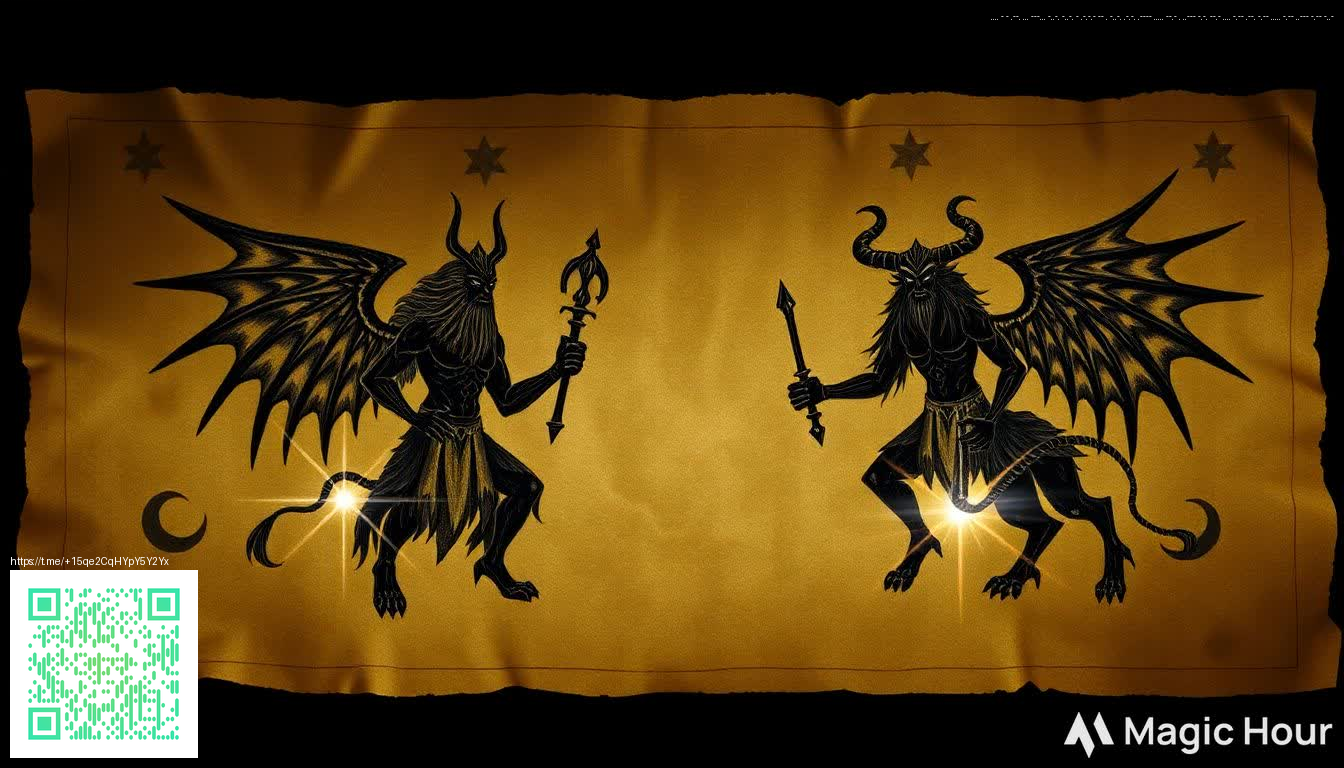
Flower Pots in Redstone Builds
The humble flower pot is more than a pretty accent block in Minecraft. While it does not power circuits on its own, its transparency and the ability to hold a plant inside open up clever ways to organize, display, and subtly cue redstone activity. This guide dives into practical uses that blend aesthetics with engineering so you can craft tidy, readable contraptions that feel polished and purposeful.
In any redstone focused project the goal is usually to balance function with form. The flower pot shines in this balance because it sits flush with other blocks, lets light pass through, and can be swapped out for different plant tops without breaking the surrounding wiring. That means you can build a compact mechanism behind the scenes and present a clean front that tells a story at a glance. 🧱
Practical uses in redstone designs
- Hide cables and mechanisms behind a decorative facade. Place a robust block or wall the player will not interact with, then line the front with a row of flower pots. The wiring remains accessible from the back or sides, while the visible plants provide a calm, natural look. This is a great way to keep large redstone rooms visually legible on tight builds.
- Visual state indicators using pot content. A flower pot can hold a plant, and while the block is decorative, the plant you choose can act as a quick status cue. Swap between a yellow tulip for active light or a purple orchid for idle mood to communicate state without turning on a full LED display. It is a simple but effective technique for a readable circuit at a distance.
- Mini indicator shelves for lamps and clocks. Use a line of flower pots as a masquerade shelf that hides a lamp or a small clock module behind. The pots keep the wiring out of sight while the plant tops give a healthy visual break from metal and stone. This approach keeps your build approachable even when assemblies run behind the wall.
- Trigger friendly layouts in compact spaces. A small button or lever on a nearby block can feed a hidden signal path that ends behind the decorative facade. The pot acts as a visual anchor that helps you locate the control without rummaging through the circuits every time.
- Layered display panels for multi module systems. In a row or grid of pots you can create a layered indicator panel. Each pot holds a different plant, letting you communicate the current stage of a multi step process at a glance. It is especially nice in builds that rely on player immersion and storytelling.
Building tips for reliability and aesthetics
Consistency is your friend. Align pots on a clean grid and keep spacing even between them. A tidy line reads better for you and for visitors who explore your world. If you want a bolder effect, place the pots on a contrasting brick or dark prismarine backdrop to emphasize the plant tops.
Define a simple color language. Pick a handful of plant colors or plant types to signal different states. The flower pot acts as a neutral frame so the color coding becomes the focus. If your world uses texture packs or resource packs that alter plant visuals, choose colors that stand out clearly against the chosen background.
Don’t forget wiring access. Decorative blocks should not completely seal a mechanism. Leave a removable panel or trapdoor access behind the display so you can adjust redstone or swap components without tearing apart the whole setup. This keeps maintenance fast and frustration low.
Small blocks like the flower pot prove that strong redstone design is often about smart hiding places and clever indicators not about power alone
Notes on versions and modded play
In vanilla Minecraft the flower pot remains a decorative container with no redstone core. Its value comes from how it allows you to present complex circuits in a friendly way and how it offers a low cost of alteration during testing. In modded contexts you may encounter variants that interact with redstone in new ways or provide alternate plant options, expanding the palette you can use for signals and indicators.
Experiment with a few simple layouts first. Start with a single row of pots and a hidden lamp or piston behind. Swap plants to signal changes and observe how your audience reads the display. Once you have a feel for the visual language, you can scale up to larger, more intricate displays that still feel approachable.
Above all keep the play spirit alive. The flower pot is a friendly entry point for players who love building elegant redstone scenes without getting overwhelmed by wires. Tiny details accumulate into a polished space that invites exploration and imagination 🧡
Support Our Minecraft Projects
More from our network
- In minutes women allege rushed hysterectomies without proper exams
- Hall of Tagsin top commander deck builds and strategies
- Rarity perception and Reya Dawnbringer MTG psychology of value
- Surging Aether market pulse price trends and collector value
- After DR3 future of precise astrometry with a 24 kpc hot giant